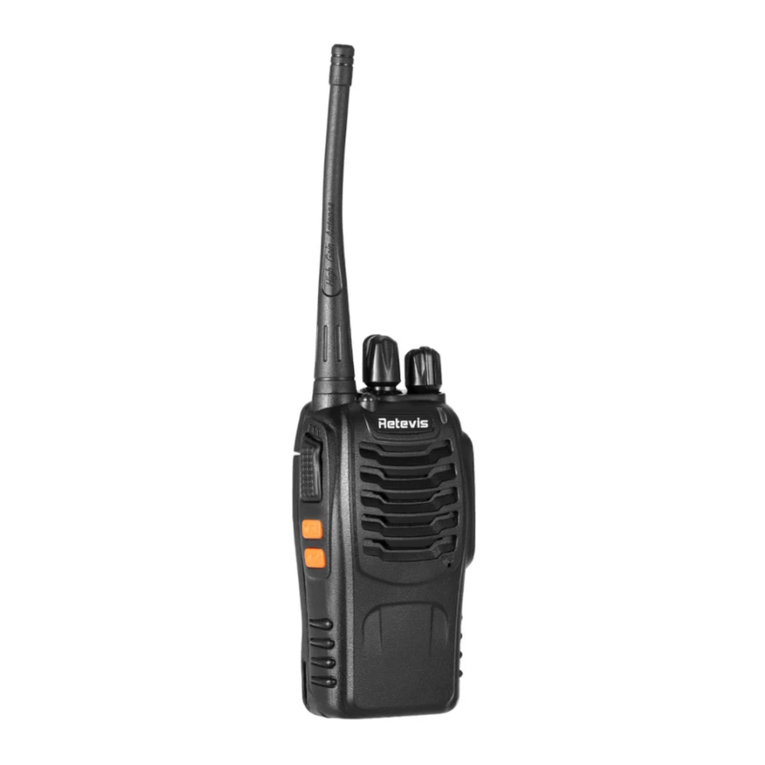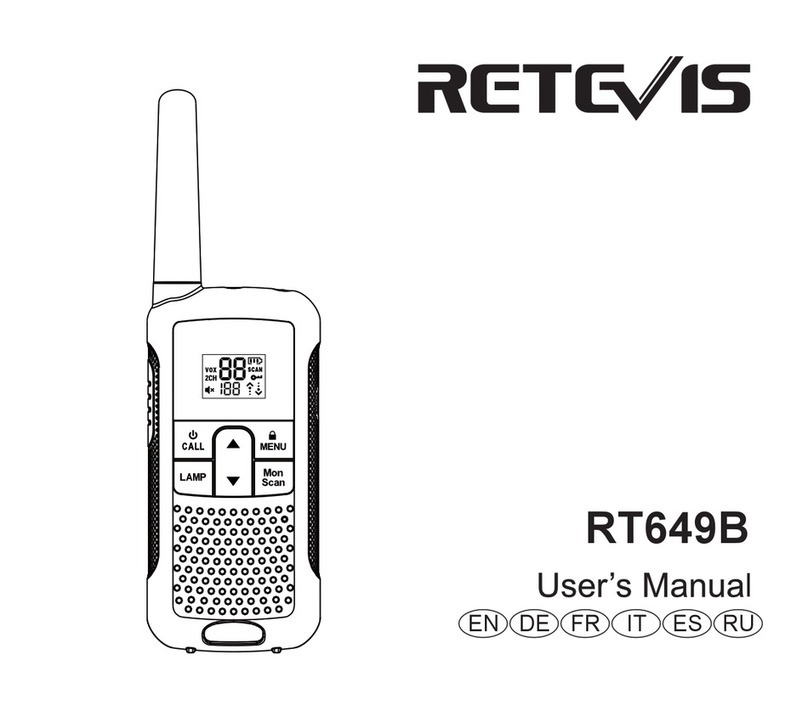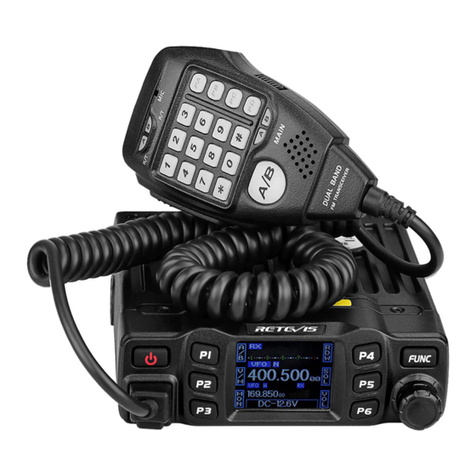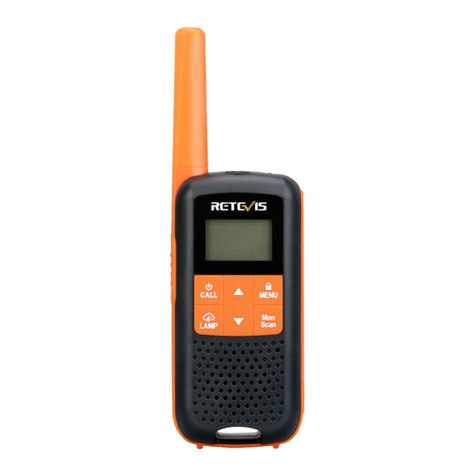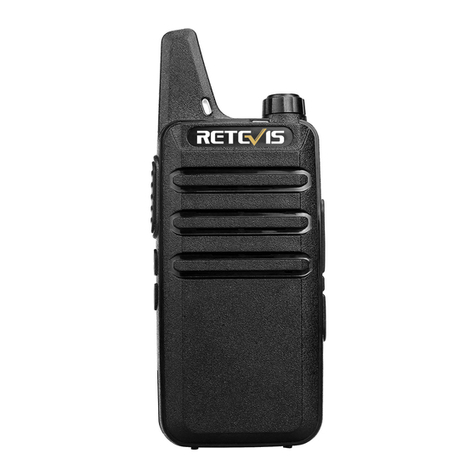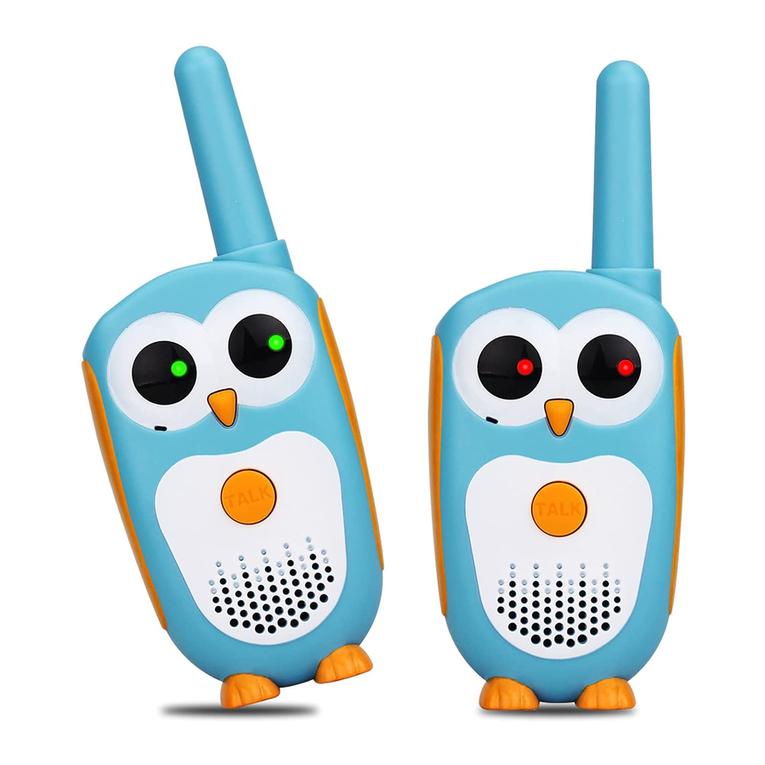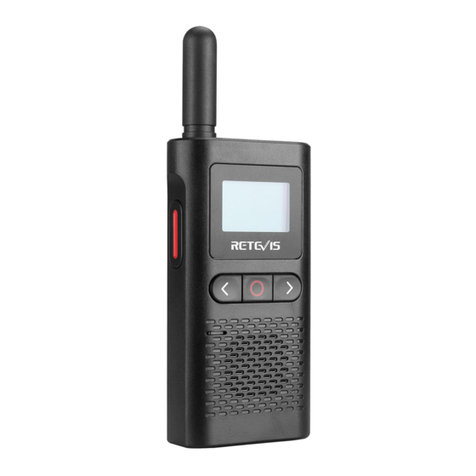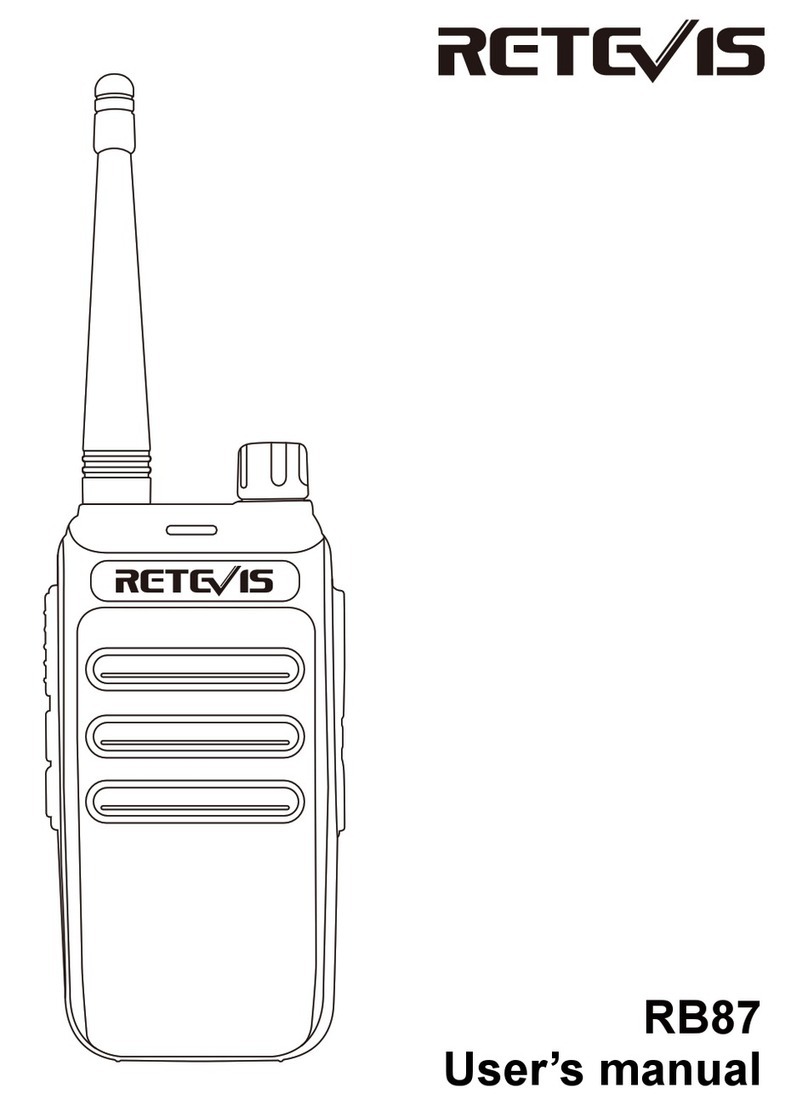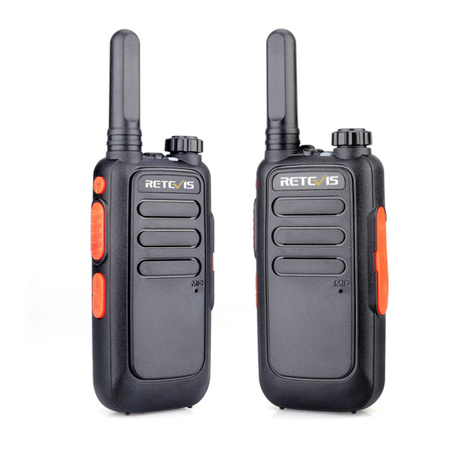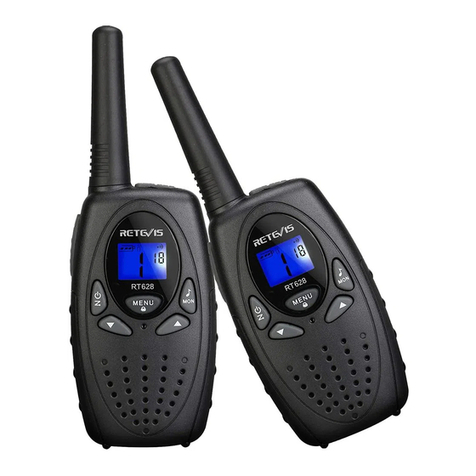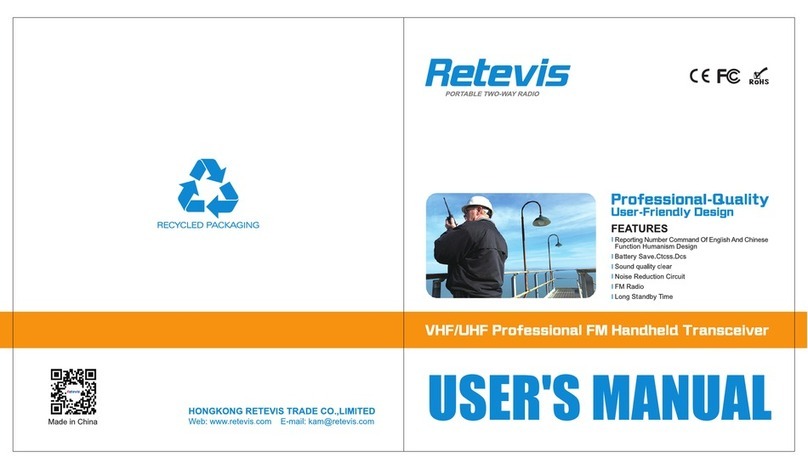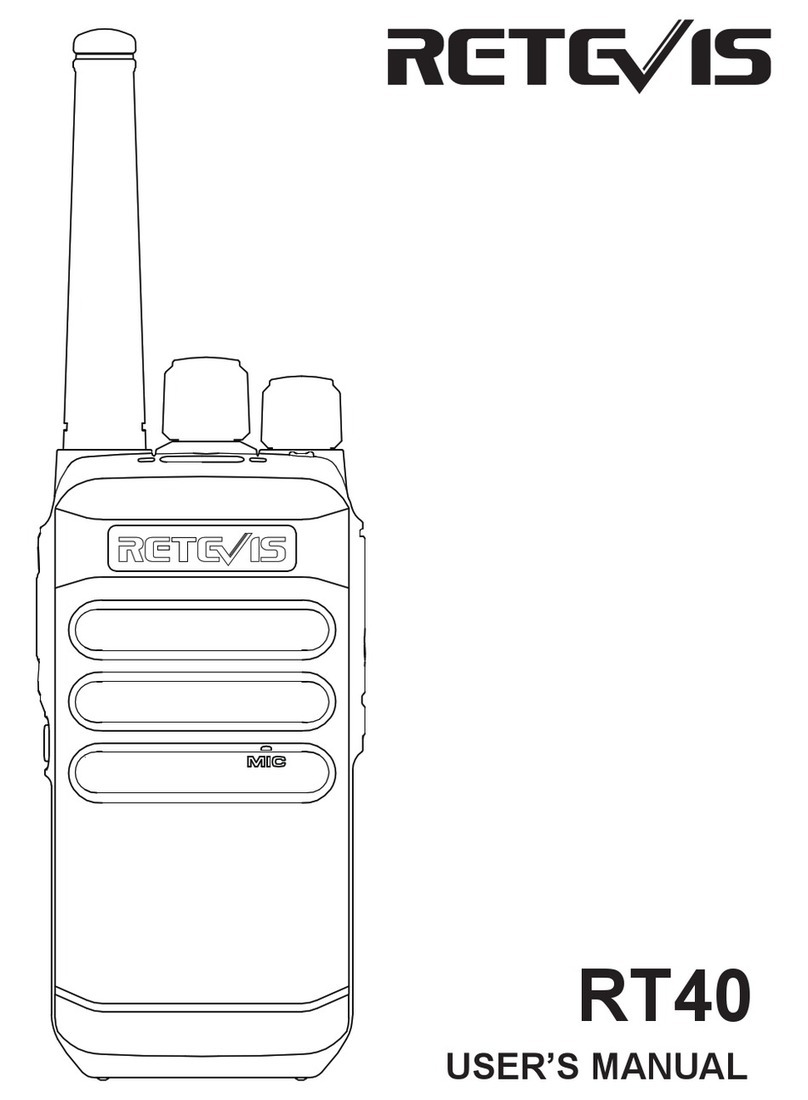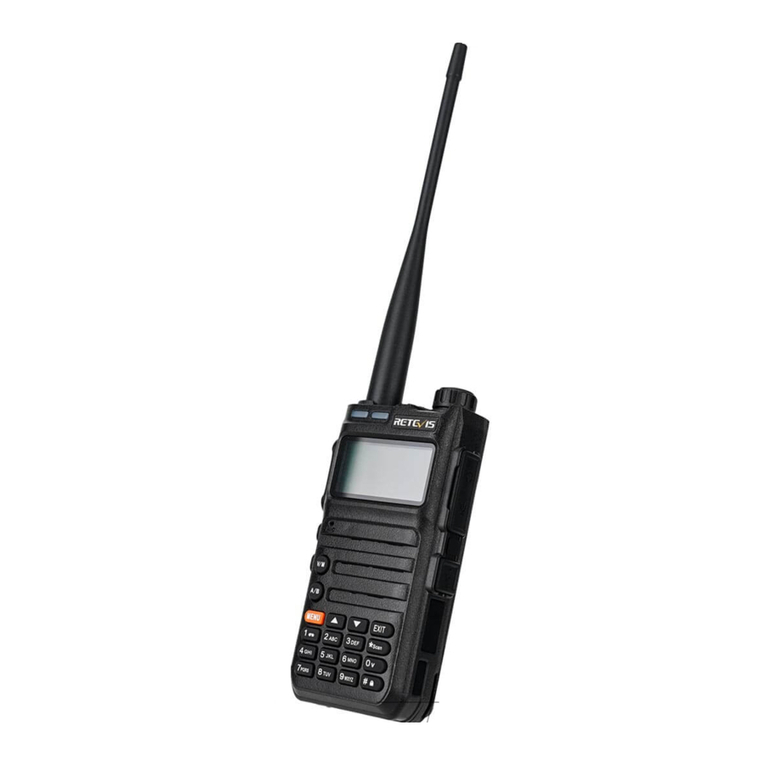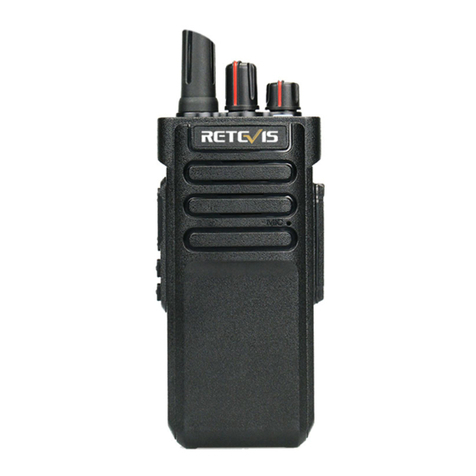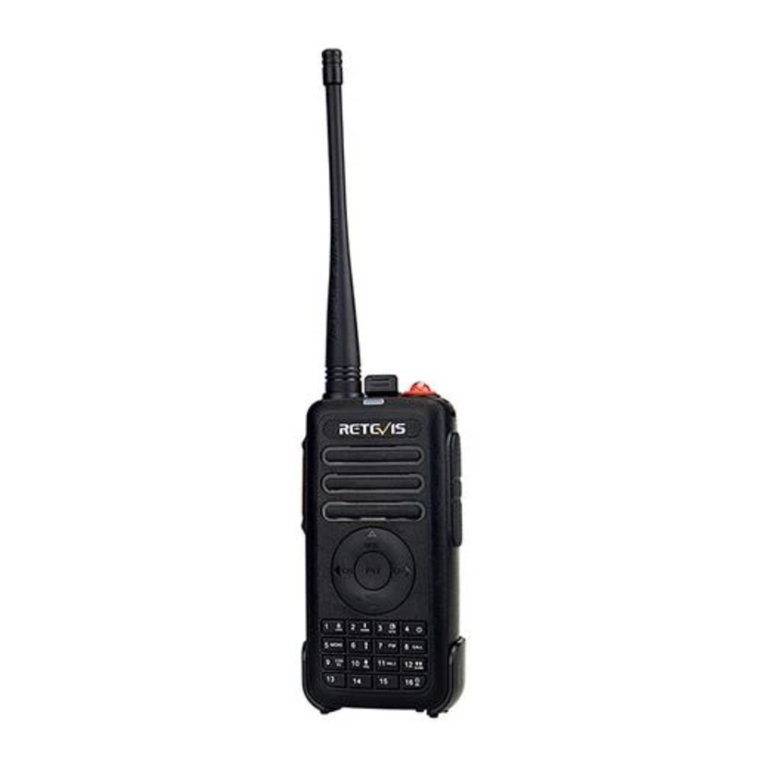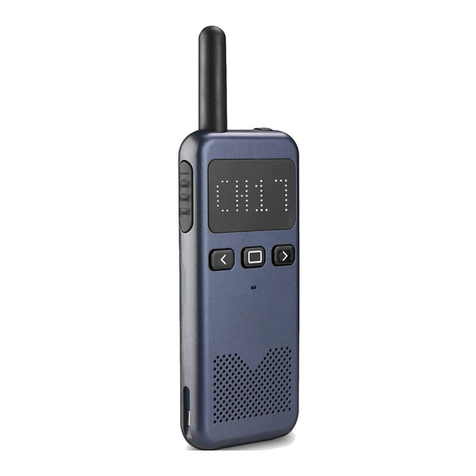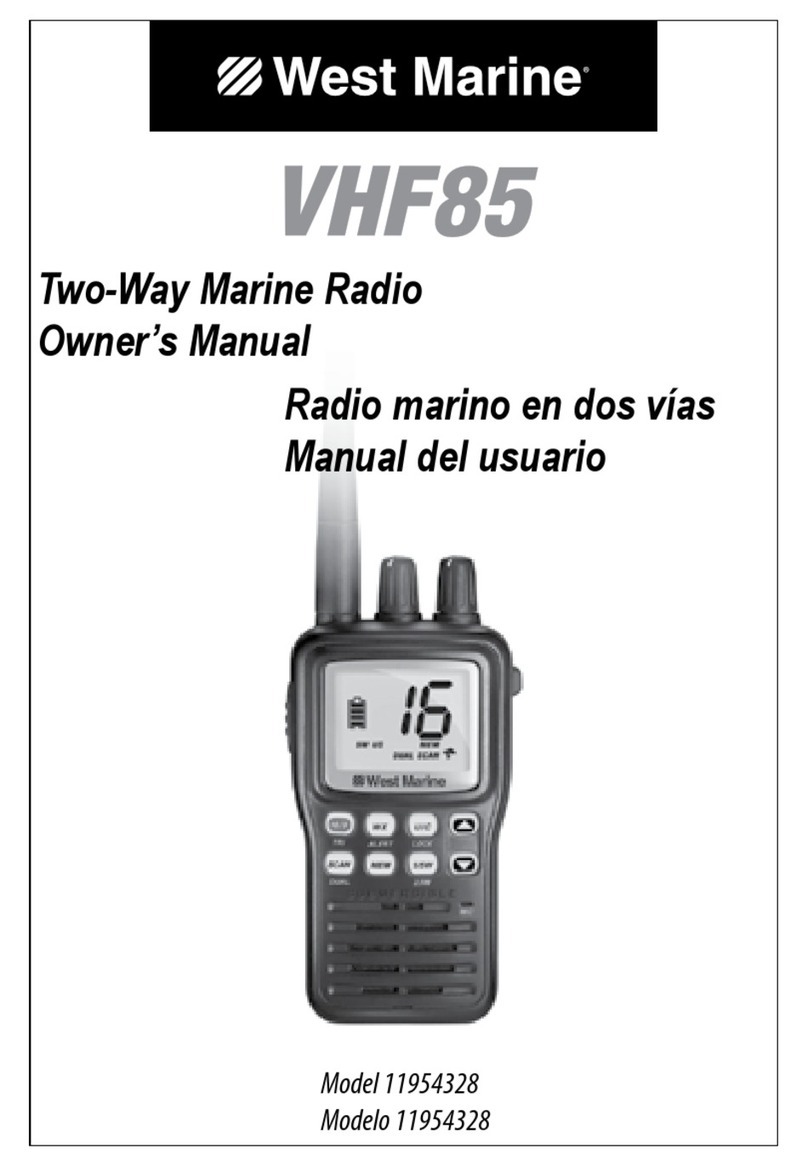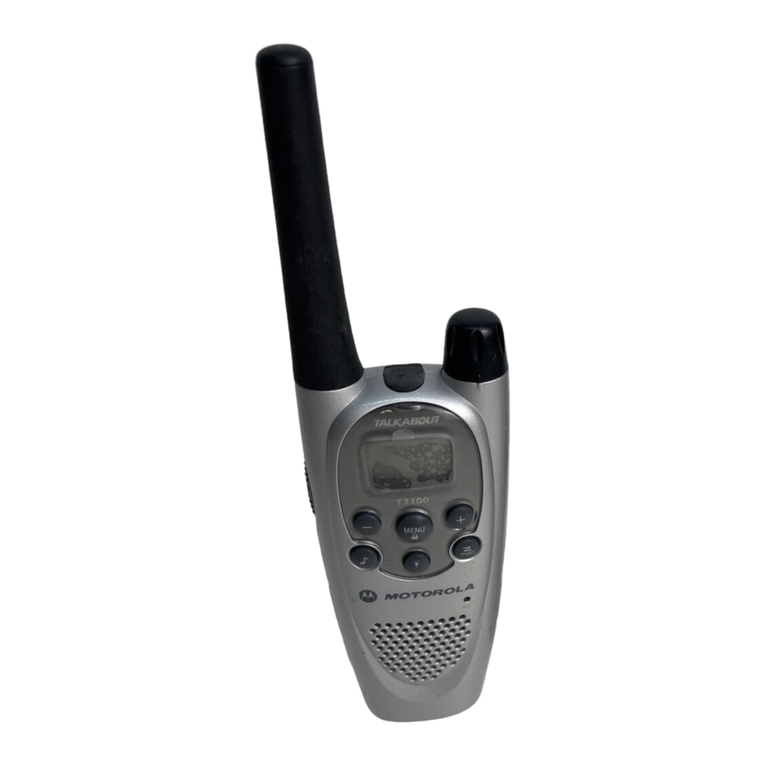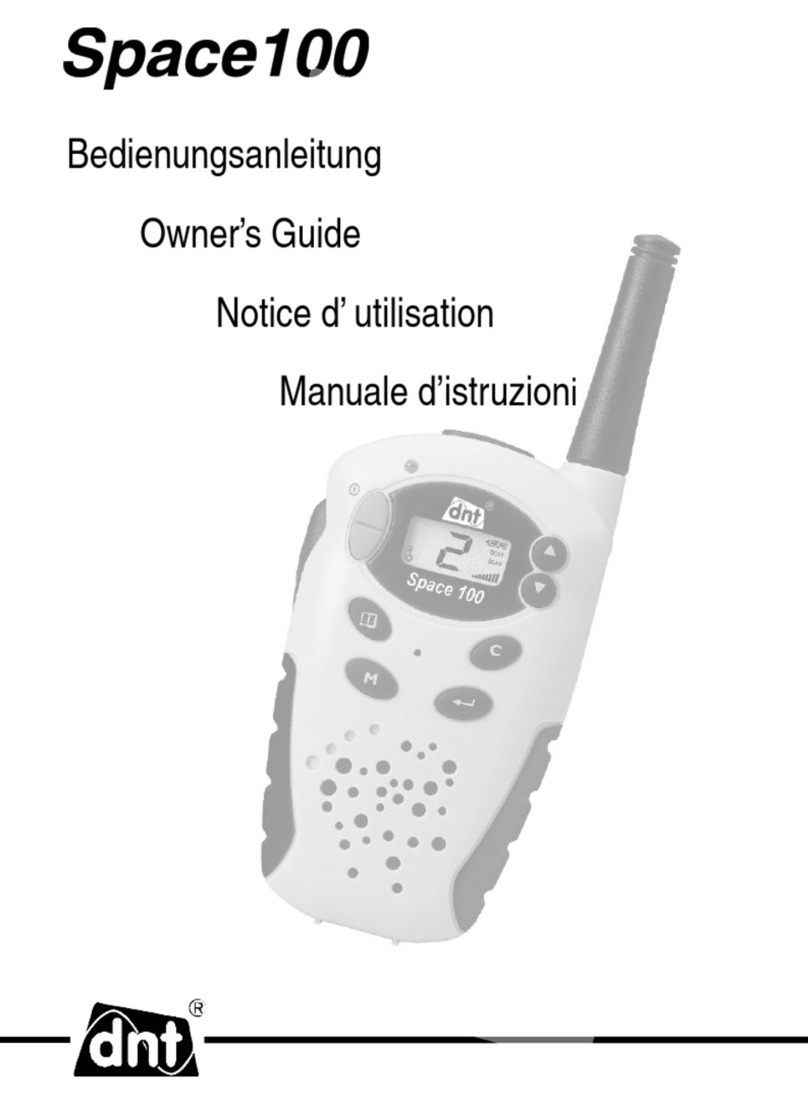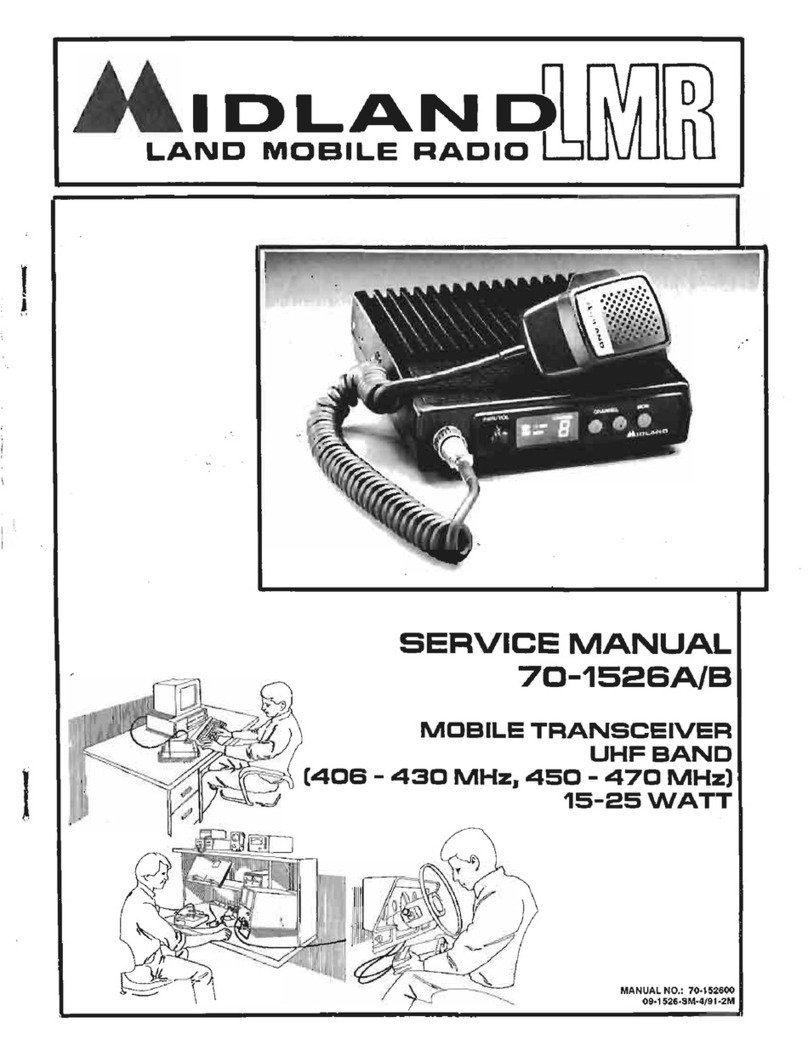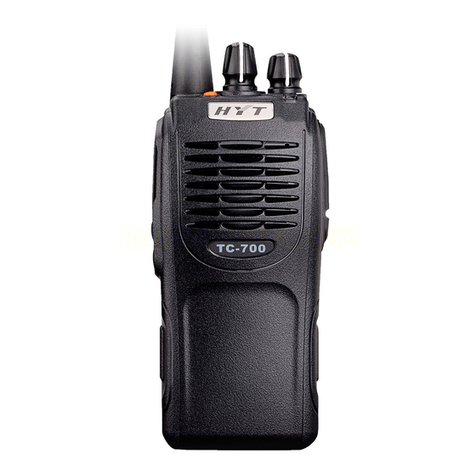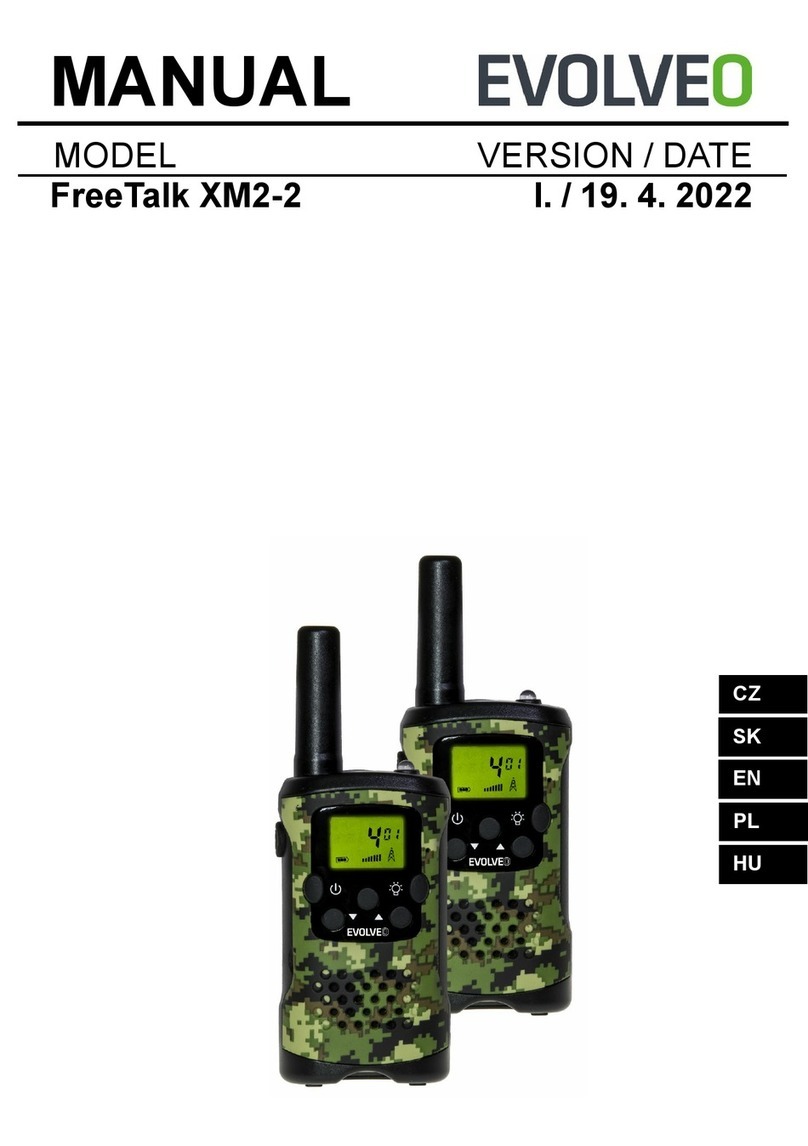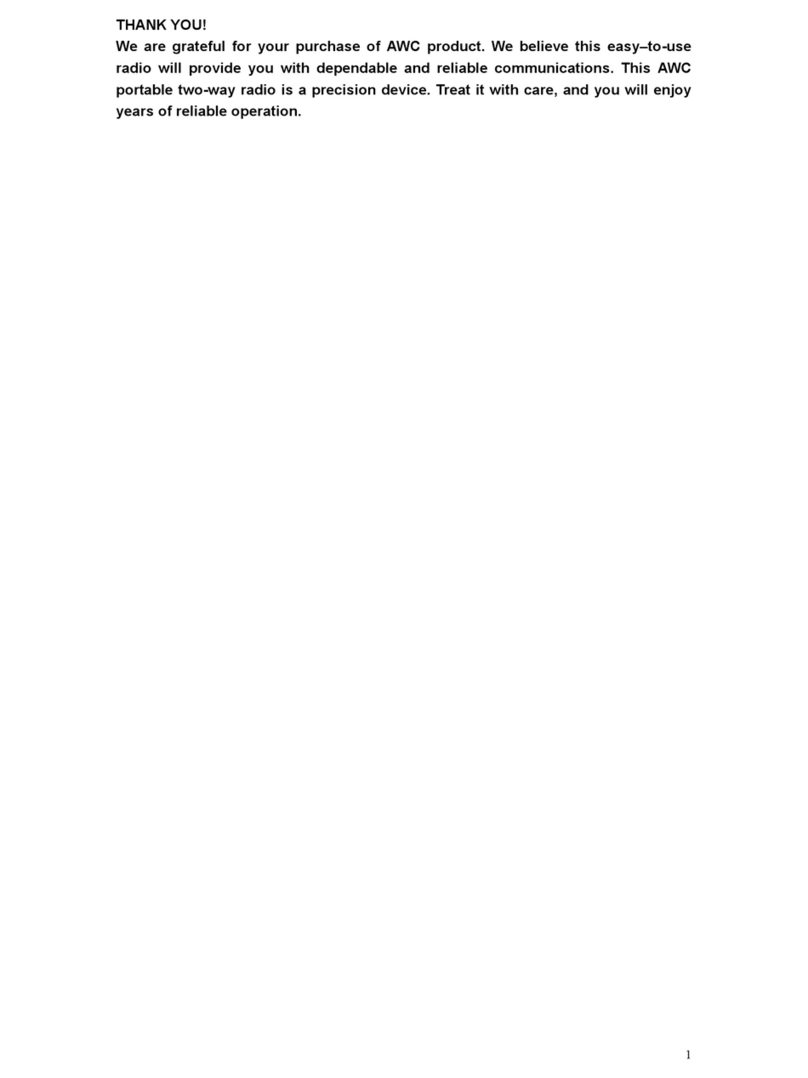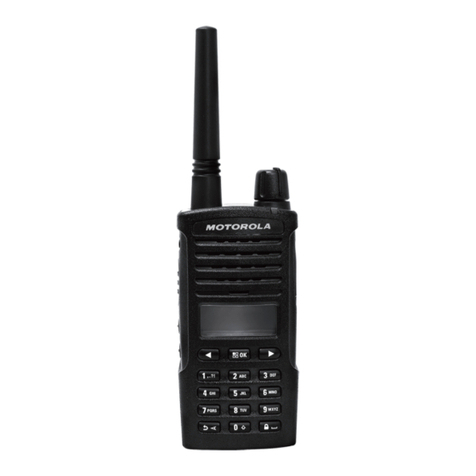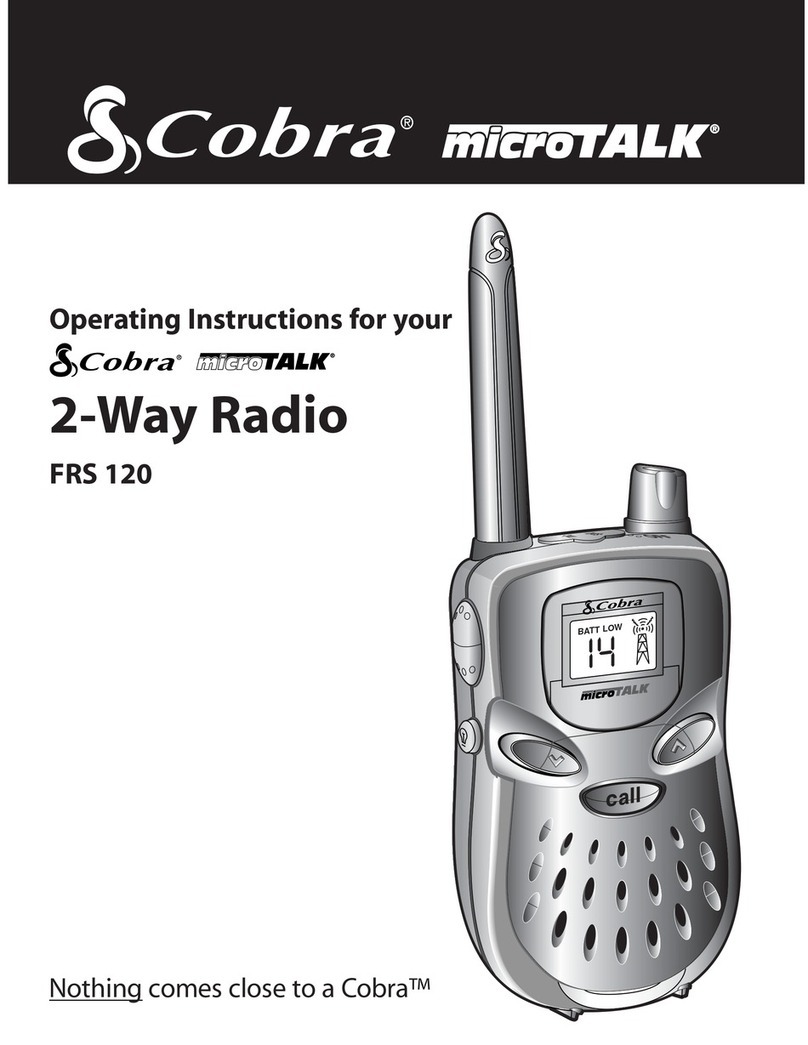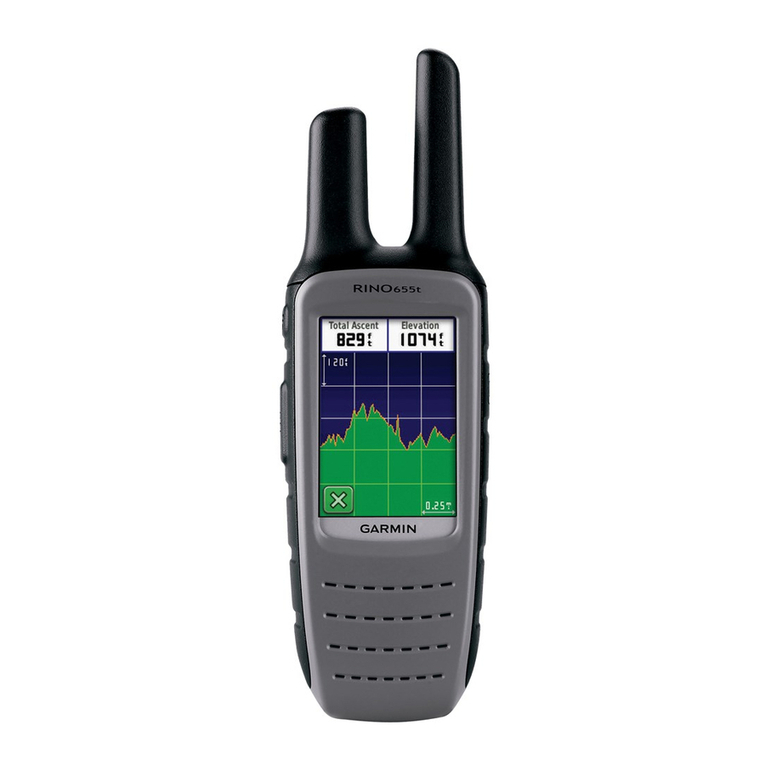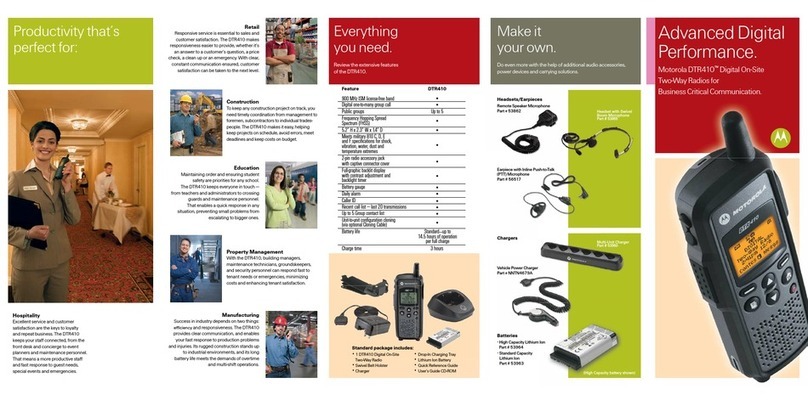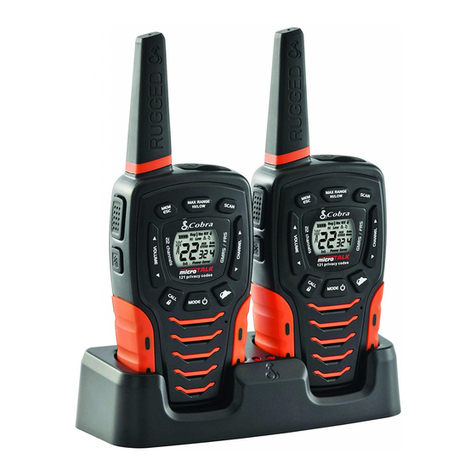
representative of the user of those services.Replacement of
any transmitter component (crystal, semiconductor, etc.) not
authorized by the local government radio management
departments equipment authorization for this radio could
violate the rules.
FCC Requirements:
This device complies with part 15 of the FCC Rules.
Operation is subject to the condition that this device does not
cause harmful interference. (Licensed radios are applicable);
This device complies with part 15 of the FCC Rules.
Operation is subject to the following two conditions: (Other
devices are applicable)
(1) This device may not cause harmful interference, and
(2) this device must accept any interference received,
including interference that may cause undesired operation.
CE Requirements:
• (Simple EU declaration of conformity) Shenzhen Retevis
Technology Co., Ltd. declares that the radio equipment type
is in compliance with the essential requirements and other
relevant provisions of RED Directive 2014/53/EU and the
ROHS Directive 2011/65/EU and the WEEE Directive
2012/19/EU; the full text of the EU declaration of conformity is
available at the following internet address: www.retevis.com.
• Restriction Information
This product can be used in EU countries and regions,
78
Radio License
Governments keep the radios in classification, business
two-way radios operate on radio frequencies that are
regulated by the local radio management departments (FCC,
ISED, OFCOM, ANFR, BFTK, Bundesnetzagentur...).To
transmit on these frequencies, you are required to have a
license issued by them. The detailed classification and the
use of your two radios, please contact the local government
radio management departments.
Use of this radio outside the country where it was intended to
be distributed is subject to government regulations and may
be prohibited.
Unauthorized modification and adjustment
Changes or modifications not expressly approved by the party
responsible for compliance may void the user’s authority
granted by the local government radio management
departments to operate this radio and should not be made.
To comply with the corresponding requirements, transmitter
adjustments should be made only by or under the supervision
of a person certified as technically qualified to perform
transmitter maintenance and repairs in the private land mobile
and fixed services as certified by an organization
including: Belgium (BE), Bulgaria (BG), Czech Republic (CZ),
Denmark (DK), Germany (DE), Estonia (EE), Ireland (IE),
Greece (EL), Spain (ES), France (FR), Croatia (HR), Italy
(IT), Cyprus (CY), Latvia (LV), Lithuania (LT), Luxembourg
(LU), Hungary (HU), Malta (MT), Netherlands (NL), Austria
(AT), Poland (PL), Portugal (PT), Romania (RO), Slovenia
(SI), Slovakia (SK), Finland (FI), Sweden (SE) and United
Kingdom (UK).
For the warning information of the frequency restriction,
please refer to the package or manual section.
• Disposal
The crossed-out wheeled-bin symbol on your product,
literature, or packaging reminds you that in the European
Union, all electrical and electronic products, batteries, and
